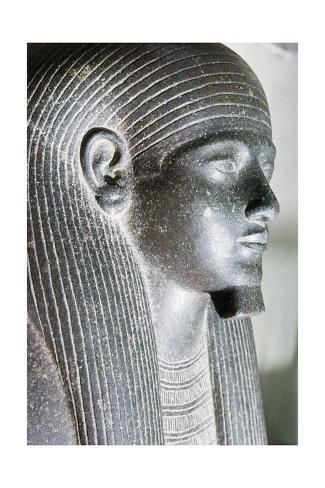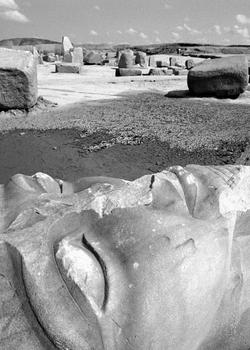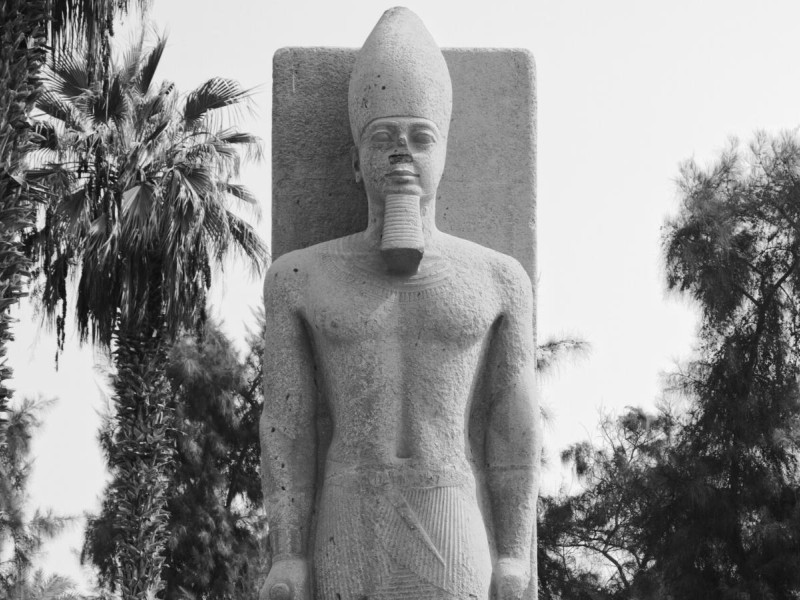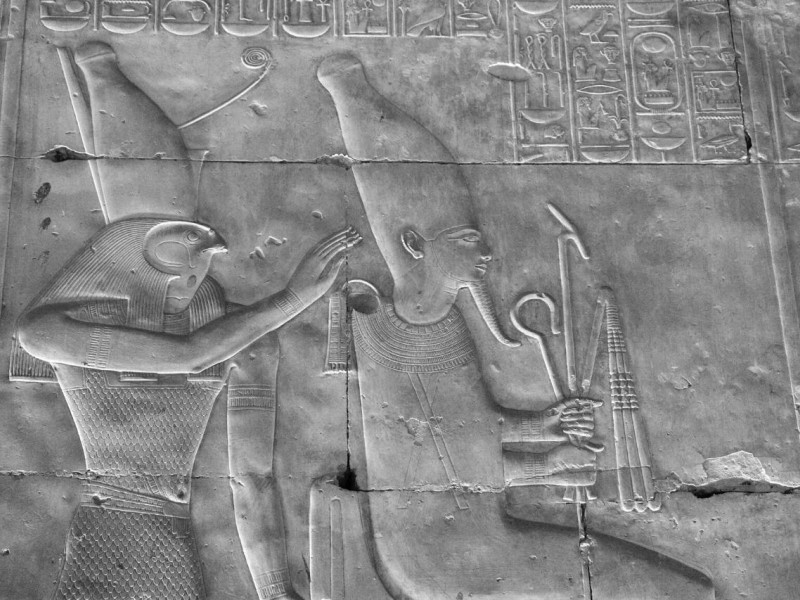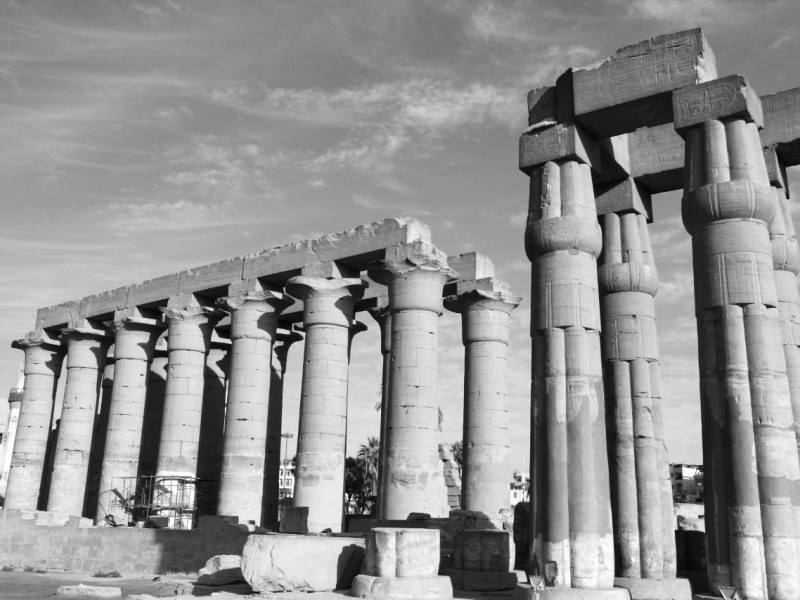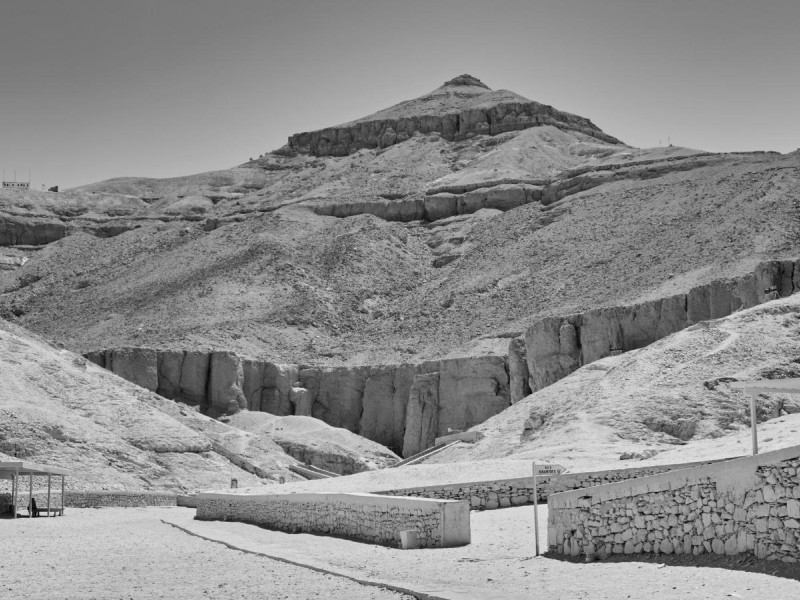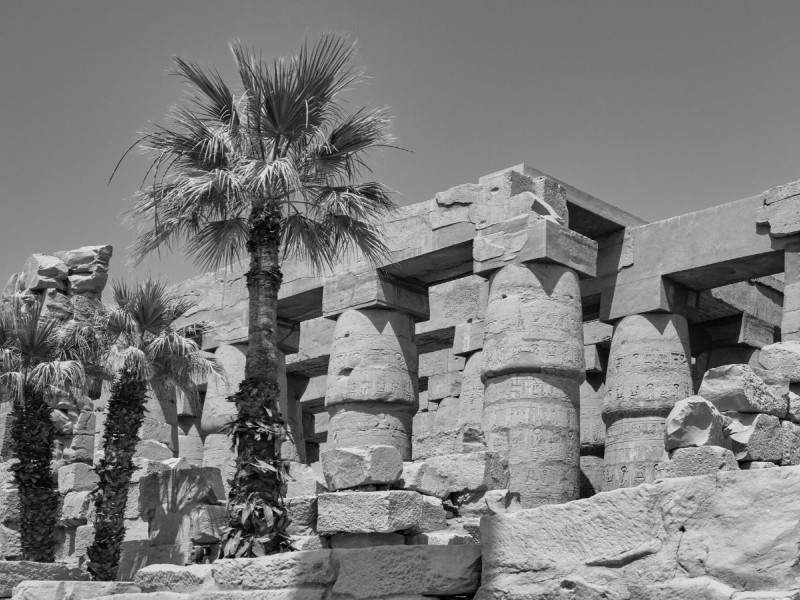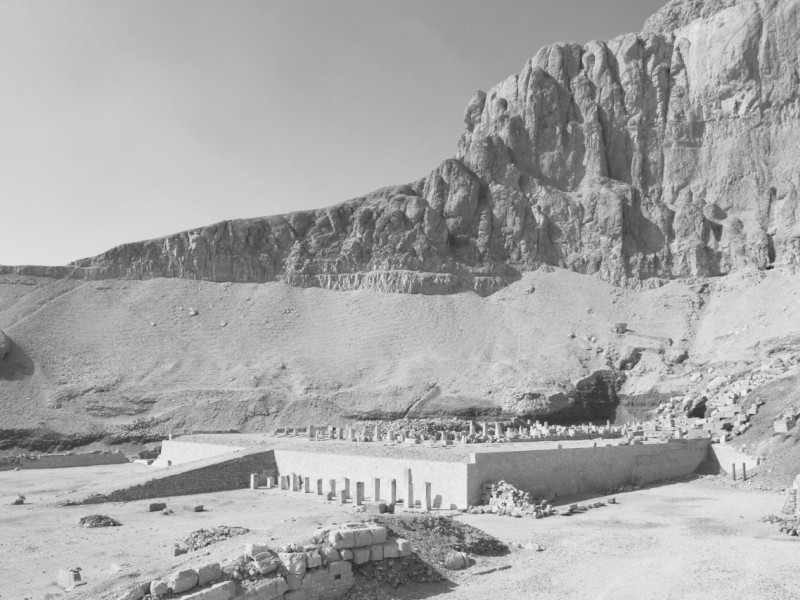Psusennes I: The Lost Legacy that Bridges the Gap in Egypt’s History
Psusennes I was better known as Pasibkhanu or Pasebakhaenniut in the early times. His real name meant “The stellar in the metropolis,” and he ruled in the 21st dynasty of Egypt as the third pharaoh. He established his throne from Tanis between 1047 and 1001 BC.
Continue reading to discover his life and reign in Egypt.
Who Is Psusennes I?
His father was Pinedjem, and his mother was Henuttawy, the daughter of Ramesses XI with a woman named Tentamun. Eventually, Psusennes I married his sister, Mutnedjmet, but only two of their children were named.
He was commended as a pious and dedicated person, which made the people honor his name. Considered a highly respected man, Psusennes I was known as a great leader and a high priest.
Length of His Rule
As per the records of Manetho, Psusennes I’s reign lacks significant information, and historians confirmed this is due to the limited archeological evidence associated with him.
It was calculated that he ruled for approximately 46 years, as per various records. A few Egyptologists have recommended raising the long-term figure by 10 years to coordinate with certain 48 to 49 undefined years.
Historians further claimed that Menkheperre and Pinedjem I were similar in their type of leadership and mission in various aspects. Nevertheless, the initial three Tanite kings, Smendes, Amenemnisu and Psusennes I, were identified in Upper Egypt as rulers or clerics except for a stele, a graffito, and a rock for Smendes, which presented contradicting facts.
With all evidence being considered, Psusennes I’s rule has been projected at 46 years by some scholars of Egyptian history. Psusennes I was probably delighted by his cooperative association with the serving high priests of Amun in Thebes.
Psusennes’ Legacy
Psusennes, during his long reign, assembled the focal piece of the Great Temple and the wall at Tanis and devoted the engineering to Amun, Mut and Khonsu. Thus, Psusennes was the ruler responsible for making Tanis into a much-coveted metropolis.
It’s a city where the temple was encircled with a colossal block facade, and the asylum was made of squares recovered from the abandoned Pi-Ramesses and was committed to Amun. A ton of these squares was yet unaltered and kept the name of its unique proprietor and developer, Ramesses II.
Indeed, even the columns with the name of Ramesses II were moved to Tanis from the previous capital of Pi-Ramesses. These are simply among the most remarkable discoveries about Psusennes I from the mythical riverside capital established by Rameses II. Pi-Ramesses was also moved to Talis, and archeologists were confused for a long time about this area until Professor Pierre Montet found the remains in Tanis.
Nonetheless, archeologists scrutinized the assumption of Professor Pierre Montet about the area of the legendary riverside capital of Rameses II, considering that the Nile waterway shifted direction regularly. Historians also realized that Pi-Ramesses could be uninhabitable when the Nile turned out to be excessively silted at a specific area. Psusennes I obtained the throne and worked on the transfer of the capital to Tanis.
A Great Leader
Dr. Douglas Derry, a chief researcher from the Anatomy Department of Cairo University, inspected the pharaoh’s remains and concluded that the ruler was an older adult when he passed away. Dr. Derry noticed that the teeth of Psusennes I were seriously decayed and brimming with pits. He had an opening inside his palate, which might have been caused by an ulcer.
Dr. Derry likewise determined that the king experienced broad joint inflammation and was conceivably affected by this sickness in his last years. These showed that the pharaoh was a persevering man who experienced an incapacitating rheumatic sickness.
However, he lived very much into his eighties. His actual flexibility and strength added to his prosperity as an incredible pioneer who ultimately brought together Egypt.
The burial place of Psusennes I is considered one of the primary artifacts of ancient Egypt. The coffin’s craftsmanship and the wealth found inside the burial chamber revealed that Psusennes I was among the mightiest of rulers. Despite this, researchers have limited knowledge with regard to his life and times, but it can’t be denied that controlling a country for a long time gave Psusennes I an extraordinary accomplishment in his time.
Psusennes I and His Tomb
The Royal Tomb of Psusennes I was an ideal burial place in Tanis, according to Professor Pierre Montet. Unfortunately, Lower Egypt was usually a moist area due to high humidity. In light of that, the vast majority of wood objects were affected by water. It was helpful for burial chambers to be situated in Upper Egypt, where the environment was drier.
Psusennes I’s coffin was mainly a stone casket that would be seen as flawless by any burial chamber raider. The tomb of Tutankhamun had been robbed twice in olden times, but the coffin of Psusennes I remained in its excellent form.
Psusennes I’s stone casket, or sarcophagi, did not originally belong to him. It had been reestablished from past interments in the Valley of the Kings through the state-endorsed burial place.
During the Third Intermediate Period, burial chamber raiding was a common activity. A cartouche was found on the red external stone casket allegedly for Psusennes I, but after further investigation, it was determined that the stone casket was originally made for Pharaoh Merneptah.
Riches in the Tomb
Psusennes I himself was buried in an inward silver final resting place that was ornamented with gold. Given that silver was extensively more difficult to find in Egypt than gold, Psusennes I’s silver casket meant that it was an extravagant interment marked by wealth and success during Egypt’s falling years.
Psusennes I was a religious pharaoh who governed over Egypt with authenticity and dedication. The account of this essentially obscure yet extraordinary pharaoh will help you gather more information about the 21st dynasty. A pharaoh’s mummy in a silver casket, grave merchandise, hieroglyphic hints, and historical artifacts were confirmations left by Psusennes I, whose lost inheritance could change Egyptian history.
Consequently, the royal tomb of Psusennes I is quite possibly the most eminent Egyptian treasure — much more surprising than that of Tutankhamun, who was likewise known for his riches. His illustrious burial chamber housed unique treasures similarly marked with the abundance of different pharaohs.
Famous Artifacts of the Pharaoh
The major artifacts of ancient Egypt revealed the affluence of that era. To give you an idea, a traditional silver dish was the principal sign that an artifact belonged to the royal family. Psusennes I’s mark alongside a progression of hieroglyphic engravings referring to his titles was composed on one such dish. These archeological artifacts found in Psusennes’ burial chamber paved the way to a vast unstudied period in old Egypt.
Shebyu Collar
Archeologists had the option to distinguish how Psusennes I amassed his fortune and influence by unscrambling his cartouche, as an illustrious seal was inscribed on the items. One can also see the golden collar around the neck of the mummy of King Psusennes I, which was only one of his three priceless Shebyu collars.
The collar was so creative and was made mostly of gold. It comprised 14 gold chains, every one of which was enclosed in lotus bloom globules. On its highest point were five concentric columns consisting of thousands of small gold circles hung one next to another, where you will find two of Psusennes I’s names inscribed on the focal catch.
Funerary Veil
The king’s astonishing funerary cover was recovered in good condition, except for some damage to a portion of the ancient wooden rarities inside the burial place because of the damp Nile Delta region. It was shown to be fashioned with gold and blue stones, with adornments and trimmings of highly contrasting glass for the eyebrows and eyes.
This veil was impressive and considered to be one of the most intricate of the treasure of Tanis. It is currently preserved at Cairo Museum Room 2. The veil had a most extraordinary length and width of 48 cm and 38 cm, respectively.
Gold
Gold was also present on the pharaoh’s toes and fingers, and gold shoes on his feet were carefully shaped. The finger rings were complicatedly finished. There were etched fingernails, and every one of his fingers wore an intricate band of gold and blue stones or some different semi-precious jewels.
Notable among the revelations inside Psusennes I’s grave was his extraordinary silver final resting place. The argentum pharaoh followed the written history of the relics. This enabled a legal examination of the respectable burial chamber to uncover policy-centered issues — the missing connection of an extraordinary pioneer who brought together a country in disturbance and came to be known as the argentum pharaoh.
Psusennes I and His Mummy
There aren’t a lot of extensively recorded insights concerning the existence of Psusennes I. His grave, which remained incredibly and shockingly flawless for a considerable length of time, has such a vast number of things to say about his rule, his life, and the occasions he had as a pharaoh.
The injuries on his mummy showed that the pharaoh was a dedicated man who experienced an incapacitating rheumatic infection yet lived very much into his eighties. His actual flexibility and strength added to his prosperity as an extraordinary pioneer who, at last, mirrored the life in Egypt at that time.
Meanwhile, the burial place of Psusennes I is being foreshadowed by Egyptologists as one of the main antiquities of early Egypt. Suffice it to say that leading a country for over 40 years just reveals to us that Psusennes I was a remarkable leader and a charismatic priest of his time.
Conclusion
Psusennes I was the third pharaoh of the 21st dynasty whose power was seated in Tanis for roughly 46 years. The revelation of his burial chamber gave light to an alternate view of life in Egypt.
Psusennes I is considered to be among the mightiest of rulers, known to be astute and persevering.
Among the most uncommon discoveries about Psusennes I was his movement of the city of Pi-Ramesses to Tanis.
The burial place of Psusennes I is considered one of the primary artifacts of ancient Egypt.
Most remarkable among the amazing discoveries inside Psusennes I’s tomb was his great silver casket. His excessively ornamented burial place, which was not initially his, along with the majestic coffin where he was interred, show that he was certainly not a conventional pharaoh by any means.
His embellishments and everything in his stone coffin showed superb artistry and opulence.
Some of the precious artifacts recovered in his tomb were a Shebyu collar, his funerary veil, and lots of gold trinkets.
The relics uncovered in his tomb prove that Psusennes I was one of the most exceptional pharaohs of Egypt worthy of his lasting legacy.

